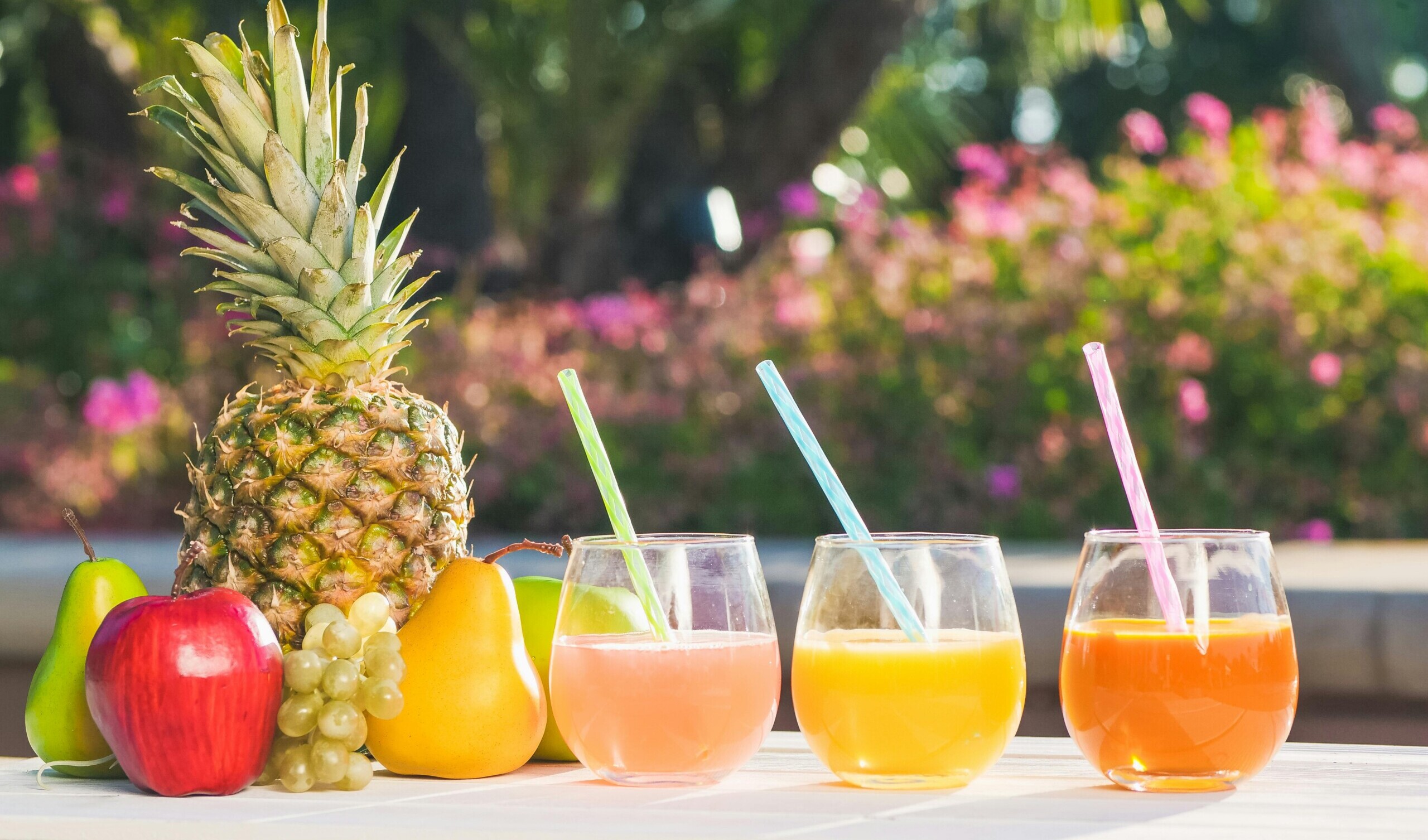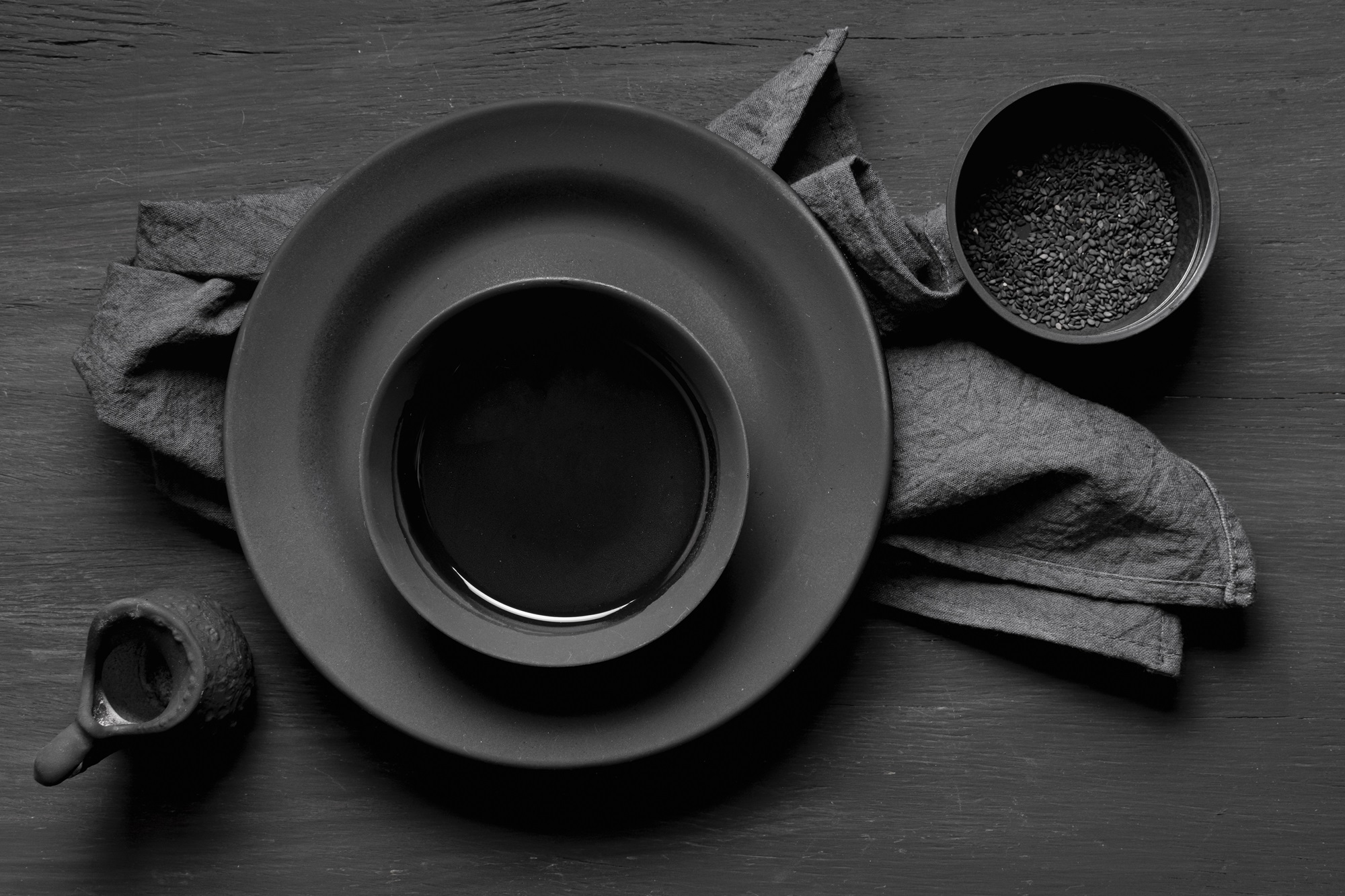Due to a greater emphasis on health, many individuals today request drinks with reduced or no alcohol content. They want to visit pubs but not consume as much alcohol as they once used to.
Every time you go out to eat or interact with others, alcohol consumption is assumed. Because of the development of non-alcoholic beverages, non-drinkers now have options that were frequently unavailable in the past.
Nowadays bartenders are getting inventive by preparing fermented fruit tonics and using them in their handmade sodas because making complicated non-alcoholic cocktails is undoubtedly more difficult. Some people are perfecting their own kombucha, a wonderful fermented beverage that is non-alcoholic and has a long list of health benefits. But which companies actually stay up to date with this latest trend?
Hyatt, USA
Numerous Hyatt hotels across the United States now offer sophisticated spirit-free beverage alternatives thanks to Hyatt’s new Zero Proof, Zero Judgment program, which uses Ritual Zero Proof and Fever-Tree products. The mission of this program is to create thoughtful, hospitality-driven experiences for everyone and raise awareness about health and well-being.
A Hyatt poll revealed that, despite the fact that people frequently opt to indulge while traveling, nearly 50% of respondents preferred non-alcoholic beverages to beer or cocktails.
The Merrion, Ireland
Although you may not expect to discover alcohol-free alternatives in Ireland’s capital, the zero-proof revolution has spread throughout the entire country. The hotel started distilling “Artonical,” a zero-proof gin produced from botanicals like juniper, angelica root, lemon, orange, and grapefruit, as part of its non-alcoholic Irish spirit program. The private label spirit is showcased in a variety of vibrant combinations on the iconic “NoLo” mocktail menu.
IHG, USA
In order to integrate this escalating consumer demand across the IHG brand portfolio, a tea collaboration between Hotel Indigo and Steven Smith Teamaker’s took place. Since January, Hotel Indigo locations have offered healthy herbs, roots, and spice teas. Ashwagandha, turmeric, ginger, and other useful, high-immunity components are included in the teas. Other IHG properties, like Regent, put a lot of effort into developing a bar menu with interesting alcohol-free options, such as mocktails.
The sober trend in hospitality is more than just a passing fad—it’s a reflection of a broader cultural shift toward mindful consumption and inclusivity. As more individuals prioritize health and well-being, hotels, bars, and restaurants are adapting by offering innovative non-alcoholic options that rival traditional cocktails in complexity and flavor. With major brands like Hyatt, The Merrion, and IHG leading the way, it’s clear that the future of hospitality is not just about what’s in the glass, but about personal experiences for all guests.


